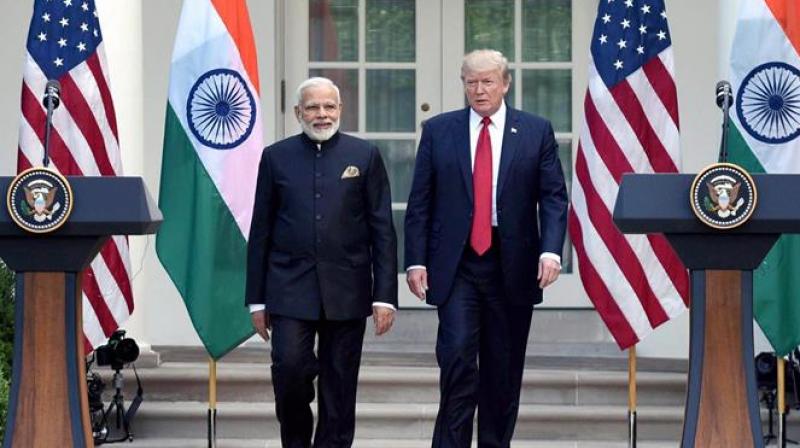- January 5, 2025
- Posted by: Regent Harbor Team
- Category: Global Economy

Contents
The Asian Century: An Englishman’s Reflection
As we step into 2025, we also find ourselves reaching the last year of the first quarter of the 21st century. The dawn of this new century was met with bold predictions of an “Asian Century.” However, these hopes have met with a number of twists and turns.
The Emergence of the Asian Century
Twenty-five years prior, many anticipated a sweeping shift in global power towards Asia. The swift ascent of post-war Japan set the stage for what was to follow. The “Asian Tigers”—Hong Kong, South Korea, Singapore, and Taiwan—soon roared onto the global economic scene. Then came Indonesia and Malaysia, and eventually, the mighty China. By the early 2000s, India was also picking up the pace, promising a dynamic change in global economic power.
China and India: The Twin Engines of Growth
China’s transformative leader, Deng Xiaoping, once stated the rise of China and India would herald Asia’s return to prominence. In a similar vein, Singapore’s Lee Kuan Yew, drawing from ‘stages of growth’, likened China and India to twin engines of an Asian economy poised for economic advances.
Challenges and Milestones
Despite such optimistic beginnings, challenges emerged. The trans-Atlantic financial crisis of 2008-09, incorrectly termed a “global financial crisis,” marked a pivotal moment. Europe faced economic woes, America wrestled with military entanglements, while China and India began to steal the limelight. But then, the Covid-19 pandemic upset the applecart entirely.
Uncertainties and Doubts
In 2021, Vasuki Shastry, a former Hyderabadi and now at London’s Chatham House, penned Has Asia Lost it? Dynamic Past, Turbulent Future. Shastry’s analysis questioned the themes surrounding the Asian economy’s future. By then, China and India were already slowing down. Japan’s economy had seen a slump over the decades, while Europe’s technological advancement remained resilient. The United States, on the other hand, had gained renewed momentum.
Competing Powers and Geopolitical Tensions
Adding complexities to this narrative is the growing geopolitical tension. Most Asian countries find themselves in a precarious position, relying on the US for security while depending on China for economic prosperity. The "new Cold War" between the US and China has only exacerbated these issues.
Reevaluating Economic Strength
Notably, Asia’s biggest player, Japan, has fallen behind. Back in 2010, China surpassed Japan as the second-largest economy in the world. By 2025, India might well overtake Japan. Yet, there remains a significant gap between China and India, with the former five times as large as the latter.
The G-7 and Asian Economic Power
In 2000, the G-7’s share of the world income was over 50%. By 2020, it had diminished, and Asia’s was rising. However, by 2024, the tide was shifting again due to China’s slowdown and America’s revival. Looking to the future, both nations are likely to stabilize their standing, even as they continue to vie for economic influence.
The Role of Other Asian Players
It’s essential to consider the role of smaller Asian nations. Countries like South Korea and the ASEAN economies—including Indonesia, Malaysia, and Vietnam—hold the key to Asia’s resurgence. Their performance could significantly influence the continent’s trajectory.
Japan: A Fallen Star
Japan’s economic downturn is notable, yet not entirely unexpected. Japan, once the Asian giant, has seen its influence wane over the years, with China taking over its position.
The Way Forward for India
India has the potential to play a critical role in the future of the 21st-century economy. With a current growth rate of 6%, India must ramp it up to about 7.5%. Such growth was witnessed in the days of Manmohan Singh’s leadership. Achieving this will require India to manoeuvre the twin challenges of competition within Asia and pressure from Western economies.
A Decade of Peace and Prosperity
For Asian economies to truly thrive, a decade of peace is vital. As Europe and America strive to retain their global economic standing, the possibility of induced conflicts that hinder the progress of emerging economies loom large.
Conclusion
In essence, the rivalry between the US and China will largely dictate if the 21st century belongs to Asia. Both powers are locked in intense competition, and how each plays its cards will impact global dynamics. The centre of economic gravity has been steadily shifting eastwards. Now, how this unfolds over the next decade will be pivotal. If Asia can navigate these complex waters, the prophecy of an “Asian Century” could still hold. The world is watching with bated breath.
